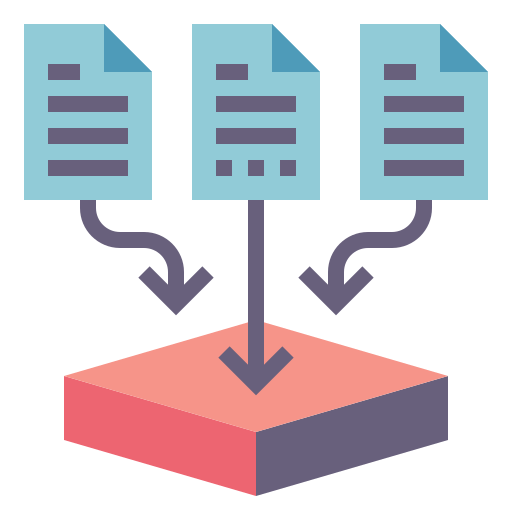Data Collection

Financial data was collected in the form of orex indices and primary stock market indices from the 17 countries identified in the Asia Pacific region across a 10 year period from 2010-2019. This data was obtained on a daily basis in the OHLCV format consistenly across the selected time period
Social media data was collected from the popualr social media of Twitter and Reddit. On Twitter, hashtags for the names of the countries, their capitals and their world leaders across the 10 year period were scraped. On Reddit, the subreddits for the names of the countries and their capitals were scraped.




